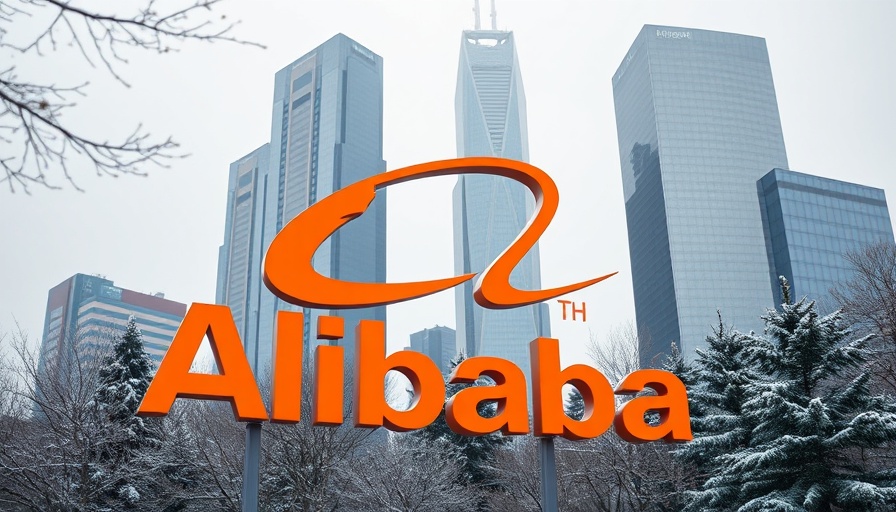
China’s Renewed Embrace of Tech: Sign of Economic Strategy?
Recent events have sparked significant interest in China’s technology sector, as a simple handshake between President Xi Jinping and Jack Ma, the founder of Alibaba, marked a pivotal moment for the troubled industry. The meeting highlighted the Chinese government's shifting stance towards tech entrepreneurs, which had been under tight regulation for several years following the crackdown that began in 2020.
Context: The Tech Crackdown and Economic Concerns
The stringent measures taken against tech companies in 2020 led to a catastrophic decrease in stock values, erasing vast amounts of market wealth. Beijing’s regulatory blitz aimed at curbing what was viewed as a chaotic expansion of the sector was particularly hard on giants like Alibaba. With China's economy facing headwinds including a housing crisis and declining consumer confidence, the necessity for revitalizing the tech space has never been clearer.
Signals of Support: Where Do We Stand?
Xi Jinping’s recent comments radiate cautious optimism. The Chinese leadership seems to recognize the need for private enterprises to fulfill national aims in technological self-sufficiency and global competitiveness, particularly in light of increasing tensions with the United States. During a symposium attended by prominent figures from the tech world, including Ma and the founder of startup DeepSeek, Xi encouraged these leaders to showcase their talent, which some analysts see as an implicit endorsement of entrepreneurship moving forward.
A Cautious Outlook: Beyond Market Optimism
Experts urge restraint in interpreting these signals as a full recovery for the sector. While the immediate response from the markets has been largely positive, analysts stress that this resurgence should not be mistaken for unbridled support. Shehzad Qazi from China Beige Book warned, "Beijing isn't interested in helping companies produce record-breaking earnings." The underlying message is that while the government may be softening its approach, it remains keenly focused on aligning private sector outcomes with its broader economic strategy.
Looking Ahead: The AI Revolution
If the tech sector is indeed to play a significant role in reviving China’s economy, artificial intelligence will likely be at the forefront. DeepSeek’s recent launch of a competitive AI chatbot has underscored the rapid advancements being made in the field. Such innovations are crucial, particularly as the global race for AI supremacy heats up with competitors, including U.S. firms, developing solutions that may threaten China’s position. Thus, governmental backing could become instrumental for platforms aspiring to make significant strides in AI and machine learning.
Conclusion: Implications for Entrepreneurs and Investors
The evolving situation in China presents both challenges and opportunities for entrepreneurs and investors alike. As the government finds itself balancing regulation with the need for innovation, there lies a vast landscape of potential growth in technology and AI sectors. Understanding this dynamic environment is essential for those aiming to engage with China's changing marketplace. The focus now turns to upcoming political gatherings, where observers hope to see concrete government actions that will shape the future of the tech industry.
 Add Row
Add Row  Add
Add 




Write A Comment